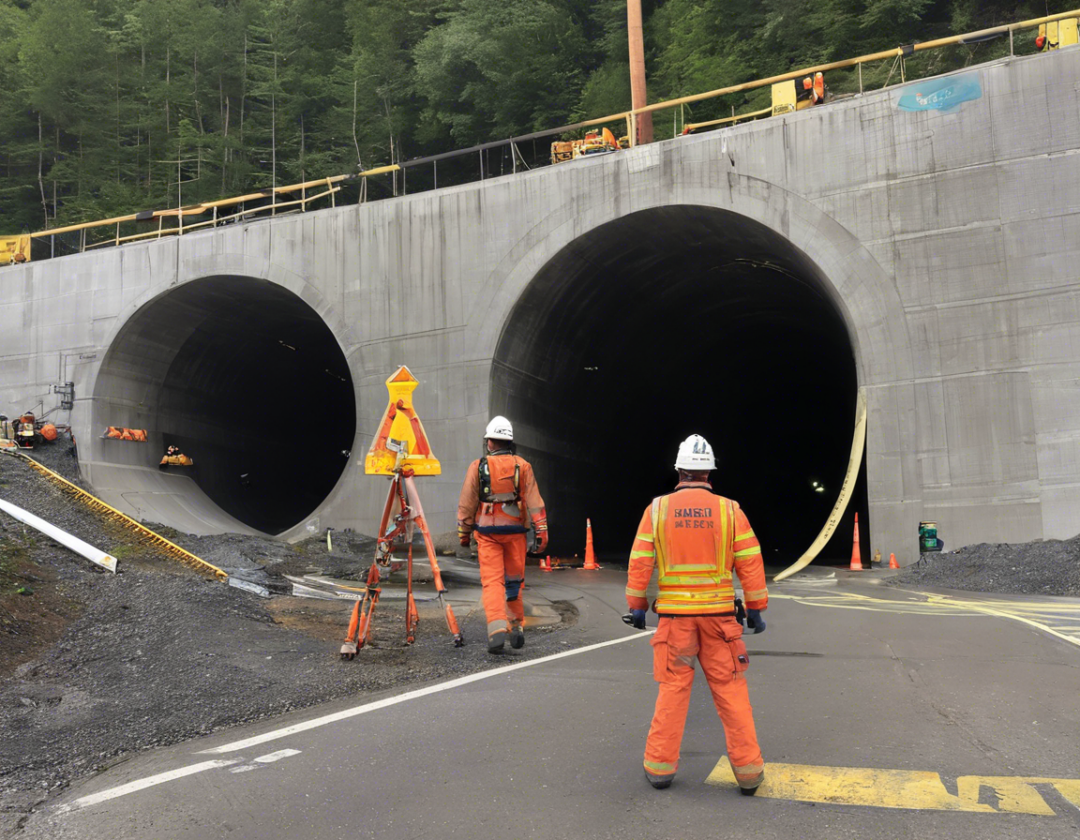Latest Tunnel Rescue Update Revealed

The world watched with bated breath as the remarkable rescue mission unfolded in the tunnel collapse incident that occurred earlier this month. The latest update has shed light on the heroic efforts of the rescue teams, as well as the innovative technology that played a crucial role in saving lives. In this post, we delve into the details of the tunnel rescue operation, the challenges faced, and the strategies employed to ensure the safe extraction of trapped individuals.
The Tunnel Collapse Incident
The incident, which took place in a major urban area, involved the sudden collapse of a tunnel that was part of a critical infrastructure project. Several workers were trapped inside, with limited access to food, water, and oxygen. The collapse also led to a significant amount of debris blocking the entrance, further complicating rescue efforts.
Deployment of Rescue Teams
Multiple emergency response teams were promptly mobilized to the site of the incident. These teams consisted of highly trained personnel, including tunnel rescue specialists, paramedics, engineers, and heavy machinery operators. The coordination between these teams was crucial in ensuring a swift and effective response.
Utilization of Technology
One of the most critical aspects of the rescue operation was the use of cutting-edge technology. Specialized cameras and drones were deployed to survey the extent of the damage and locate the trapped individuals. Additionally, state-of-the-art communication systems were utilized to maintain contact with the victims and coordinate rescue efforts in real-time.
Challenges Faced
The rescue teams faced numerous challenges during the operation, including unstable debris, limited access points, and the constant threat of further collapses. Moreover, the psychological impact on the trapped individuals, who were facing an uncertain and harrowing ordeal, added another layer of complexity to the rescue mission.
Strategies Employed
To overcome these challenges, the rescue teams implemented a multi-faceted approach that involved strategic drilling, controlled demolition of debris, and the establishment of temporary support structures to ensure the stability of the tunnel. Additionally, specialized equipment such as life detection devices and medical supplies were strategically deployed to provide immediate assistance to the trapped individuals.
Successful Extraction and Medical Care
After hours of painstaking work, the rescue teams successfully extracted all trapped individuals from the tunnel. The victims were immediately triaged on-site by medical teams and provided with essential care before being transported to nearby hospitals for further treatment. The successful outcome of the operation was a testament to the skill, dedication, and collaboration of all involved.
Conclusion
The latest update on the tunnel rescue operation serves as a reminder of the incredible bravery and professionalism displayed by emergency responders in the face of adversity. The successful outcome of the mission underscores the importance of preparedness, training, and the relentless pursuit of innovation in emergency response scenarios.
Frequently Asked Questions (FAQs)
Q: How long did the tunnel rescue operation take?
A: The operation lasted for several hours, with rescue teams working tirelessly to ensure the safe extraction of all trapped individuals.
Q: What role did technology play in the rescue mission?
A: Technology, including specialized cameras, drones, and communication systems, played a crucial role in locating trapped individuals and coordinating rescue efforts.
Q: Were there any casualties in the tunnel collapse incident?
A: Fortunately, there were no casualties reported in the incident, thanks to the swift response of the rescue teams.
Q: How were the trapped individuals provided with food and water during the rescue operation?
A: Emergency supplies, including food and water, were carefully delivered to the trapped individuals through small openings in the debris.
Q: What steps were taken to ensure the safety of the rescue teams during the operation?
A: Strict safety protocols, including regular risk assessments and the use of protective gear, were followed to safeguard the rescue teams throughout the operation.
Q: Were there any additional resources deployed to support the rescue operation?
A: Yes, additional resources, including heavy machinery, emergency medical teams, and logistical support, were mobilized to facilitate the successful rescue mission.
Q: How were communication challenges addressed during the rescue operation?
A: Advanced communication systems were used to maintain contact with the trapped individuals and coordinate rescue efforts effectively in real-time.
Q: Were there any specialized training programs in place for tunnel rescue scenarios?
A: Yes, specialized training programs are conducted for emergency responders to equip them with the necessary skills and knowledge to handle tunnel rescue operations.
Q: What lessons can be learned from this tunnel rescue operation for future emergency response scenarios?
A: The importance of preparedness, teamwork, innovation, and swift action in emergency response scenarios was underscored by the successful outcome of the tunnel rescue operation.
Q: How can individuals support emergency responders in their lifesaving efforts?
A: Individuals can support emergency responders by staying informed, following safety protocols, and volunteering or donating to organizations that contribute to emergency response efforts.
In conclusion, the latest update on the tunnel rescue operation highlights the remarkable efforts of emergency responders and the pivotal role of technology in ensuring the successful extraction of trapped individuals. The lessons learned from this operation will undoubtedly inform future emergency response strategies and reinforce the importance of proactive preparedness in mitigating potential disasters.







